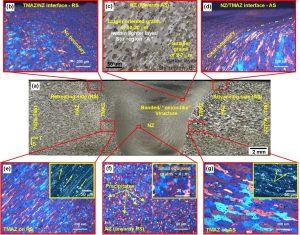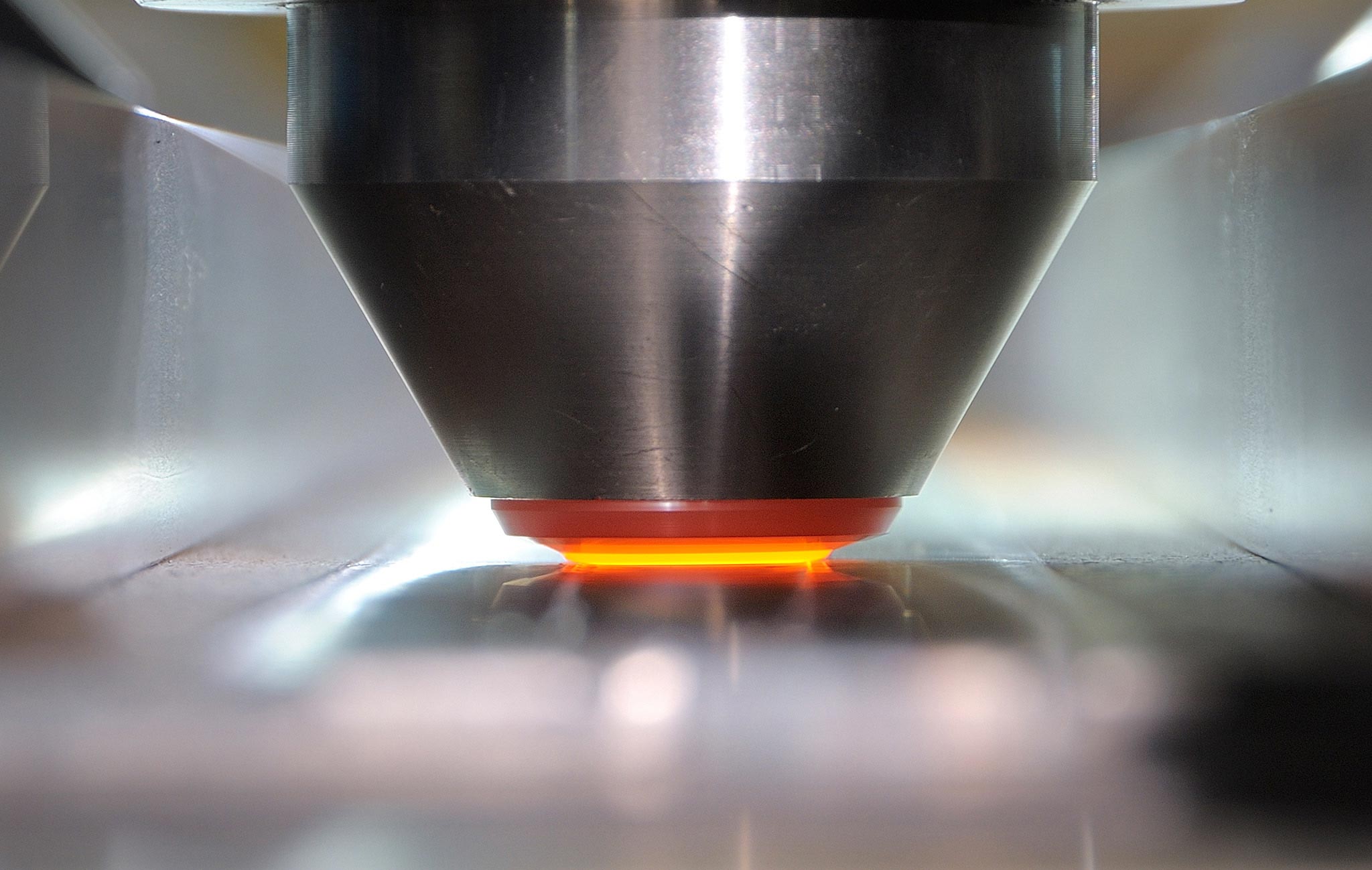Researchers from the LAVAR (Welding Laboratory) and LATOP (Laboratory for Heat Treatment and Material Testing) laboratories, in collaboration with researchers from PIMM laboratory (Procédés et Ingénierie en Mécanique et Matériaux / Processes and Engineering in Mechanics and Materials) in Paris, have characterized the microstructural properties and high-cycle fatigue properties of weld joints made from difficult-to-weld materials that is difficult to weld with conventional fusion welding processes. They have demonstrated that by optimizing the welding parameters of friction stir welding (FSW), a favourable fine-grained microstructure is achieved in the weld joint, along with higher fracture toughness and dynamic strength compared to the base materials of the weldments. In addition, within the weld crack completely bypassed the stir region consisting of larger crystal grains that acted as the crack arrester. The research findings have been published in the Journal of Materials Research and Technology (IF=6.4).

Figure 1: Development of microstructures in different weld zones after FSW of dissimilar 2017A-T451/ 7075-T651 Al alloys.
The experimental results were obtained through an innovative approach to joining difficult-to-weld dissimilar materials, which typically lead to formation of brittle intermetallic phases and cold junctions. Friction welding is carried out by applying compressive force and heat generated by the friction of a rotating tool in the welding zone. This approach achieves minimal heat input into the weld joint, resulting in small thermal deformations and residual stresses.
The results are significant from an economic perspective in terms of efficient energy consumption in mass production of products of more efficient and lighter machine parts in view of cleaner production with lower emissions, higher efficiency, and sustainability.
Link to the article https://doi.org/10.1016/j.jmrt.2023.06.096
